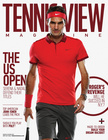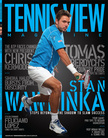Don't miss any stories → Follow Tennis View
FollowTereza Martincova On Returning To The Court After Absence
EXCLUSIVE: Czech tennis player Martincova on returning to the court after many months out
Thank you to Flashscore for this exclusive interview. For more, visit https://www. flashscore.com/
Czech tennis player Tereza Martincova has returned to the tournament circuit after eight months out of action. In this exclusive interview wth Flashscore, she talks about how much her tennis life has changed, her desire to return to competitive tennis and the conditions on the WTA Tour for players.
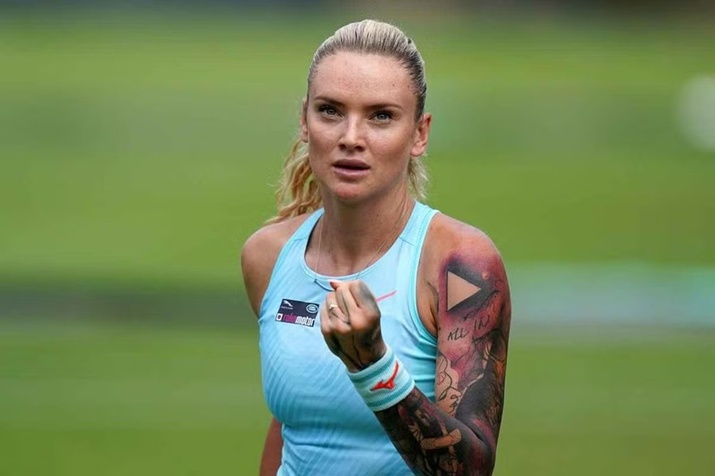
Jacob King / PA Images / Profimedia
Previously, Martincova has been spoken about as somewhat of a tennis 'rebel', perhaps because of her distinctive tattoos or her frank words. In her glory days, in early 2022, the 30-year-old Prague native was also ranked 40th in the WTA rankings. She beat the likes of Samantha Stosur and Jelena Ostapenko.
Martincova played her first matches after a break of about eight months in mid-March, but she's still looking for confidence and the right rhythm. She has a negative 4-6 record this season, but she says she's not giving up.
In this interview with former player Kateřina Teruzzi, she discusses in great detail what life is like for a tennis player during uncertain times.
On her return to action
“I have to say that the beginning was a bit rushed because I jumped into the matches based on the fact that I started training. I had a big exclamation point from the doctors and the physio, saying they didn't think it was a good idea. They are experienced, of course, so that was confirmed.
“I went out for the first two tournaments, and it turned out that the leg really wasn't ready. It had a new position, and I had more or less two bones knocking against each other. I got bone oedema.
“I had to stop again for three or four weeks. They told me it could be up to three months. I kind of screwed up in that regard. In training, you're still kind of watching your movement, but in a match, you're in a different frame of mind. I should have waited longer.”
Changes in her team
“The physio is a big factor for me now. I was never completely in love with it. Now I absolutely can't do without a physiotherapist. I don't mean strictly in tournaments, but in general in preparation. That's a big change for me.”
Changes in her daily routine
“I have to say it (her routine) has changed completely. I always needed to train a lot. But now we're getting to the stage where I can't train that much with that leg.
“I've had to cut back on the court and step up again in something completely different, in special exercises, because I absolutely couldn't do without it. It's new for me.”
Changes in her technique
“I had a big problem with my wrist (a year ago - editor's note). In this case, I changed strings, which fortunately helped me because I was facing surgery.
“But with my leg, I felt the opposite. I had to be careful not to change the technique. It's the knee, after all. I have to lean into the leg, but I started having trouble not leaning so much.
“My style of tennis is that I have to go more with my body because I don't quite have the arm strength to play it with just my arm.”
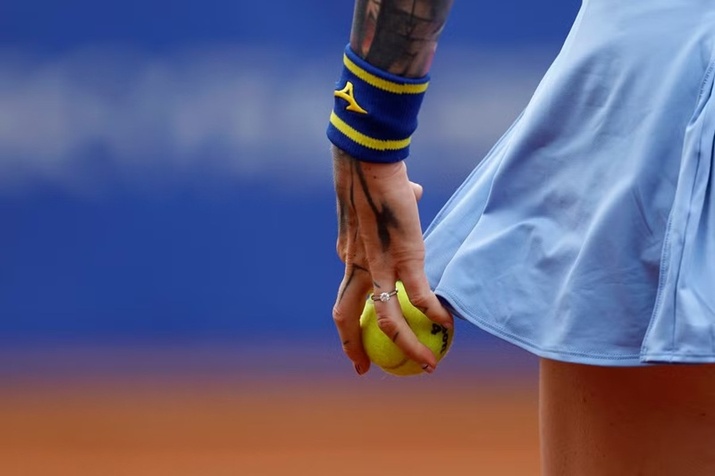
ČTK / Lebeda Pavel
On returning to tournaments
“I have to say it was a comeback, but more like it still is. It's challenging because I've never taken a break this long. Plus, after the surgery, which was originally supposed to be easier. It's a big unknown for me, and I'm still learning how I can function with it. It's something I'm not familiar with.
“I have to accept it a little bit, because it's not about going into a tournament now and being used to my game. It's all about the injury. Where it lets me go, where it doesn't let me go, what it hurts me with, what it doesn't hurt me with.
“I'm at the stage now that I need to get the leg to last as long as possible. I find that the more games I play, the worse it gets. I couldn't have done it in Trnava without the painkillers. It's more difficult for me to handle that now, because I can't compare myself to the level I was used to… That's very difficult for me. It's all focused on something completely different.”
The psychological effects of a long break
“I think I even needed to switch off from tennis because I was in it for quite a long time. It helped me. I can't say that I was in some kind of depression, that I couldn't play tennis. I believed that I could do it. I was confident that we could do it because I had a great team around me.
“I built it with baby steps. That approach helped me. On the other hand, I was told that I was very far ahead overall. And that I also got on the court quite early.”
Not working with a psychologist
“I don't work with a psychologist. I have a good team of people around me. That's all the coaches. For example, my fitness coach (Michal Mirejovsky - ed.). We did the hardest work after the operation together. He is like a psychologist to me.
“My family and my background helped me a lot. In this respect, I didn't really feel the need to talk to anyone.”
The period of uncertainty
“I don't really know anything right now. I don't know if I'm going to go to a tournament next week, what tournament I'm possibly going to play, where I'm going to go, or how it's going to go.
“After Trnava, for example, I didn't know if it would hurt more every day or if it would get better. I already have some experience, so I'm trying to put together a program. It's about watching and making decisions at the last minute, going back to the beginning.”
Changes on the WTA circuit
“I've been out of it for a while now, but there was a lot of talk about the balls. The older I get, the more I notice it.
“Otherwise, they're trying to improve the conditions for the players so that they have the best service possible. Of course, it's a bit like the best for the best.
“Finances are increasing because that was probably the biggest stumbling block in tennis, where players are undervalued. I don't want it to seem like we're not getting money, but there's a big problem with the redistribution of money from the associations.
“In percentage terms, they give players very little compared to the NHL, NBA, and NFL. There's a lot of fighting going on right now, and they're trying to change that.”
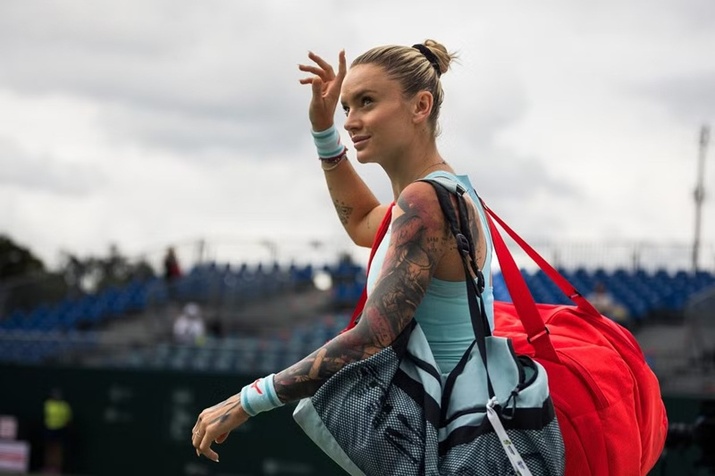
Francois Asal / Panoramic / Profimedia
On the creation of the PTPA
“I was at the birth of the PTPA (Professional Tennis Players Association, ed.). I can say that (Novak) Djokovic has been fighting a lot to improve the conditions for players. They gave us a big lecture about what they were planning.
“They showed us graphs and figures so that we really knew what the situation was. I was at the birth, and I stand by the fact that what these players are fighting for, or we are fighting for, makes sense.”
Life after her playing career
“I'm definitely going to want to coach. I'm convinced of that. The past season has made me confident in that. In that respect, I think I have it figured out, and it helps a person not to worry about the end when it comes. Maybe I can even last that much longer in tennis that way.”
Martincova's motivation
“I enjoy tennis a lot, and I want to prove to myself that I can still push myself back. The challenge motivates me. I don't find myself getting old. When my knee starts to hurt more than it gives me, that's where the problem starts. And I'm not at that stage.”
Her future plans
“They change from tournament to tournament. It depends on how I'm feeling, not feeling, and of course, how I'm doing, not doing. It depends a lot on my knee, simply to be able to tell myself that if I want to play two or three tournaments in a row that I can do it.
“Surgery has taught me to take everything in incremental steps. I would like to get back to the biggest tournaments.”






